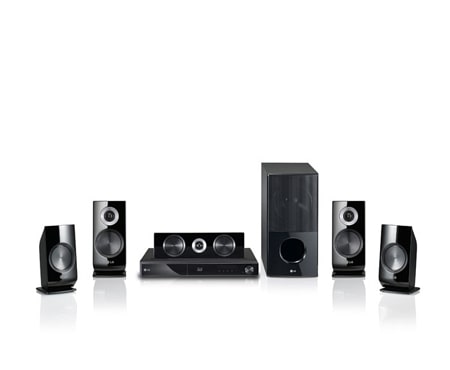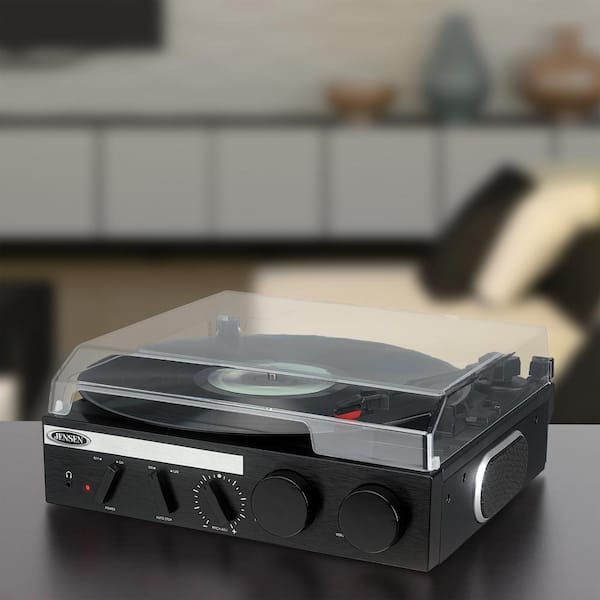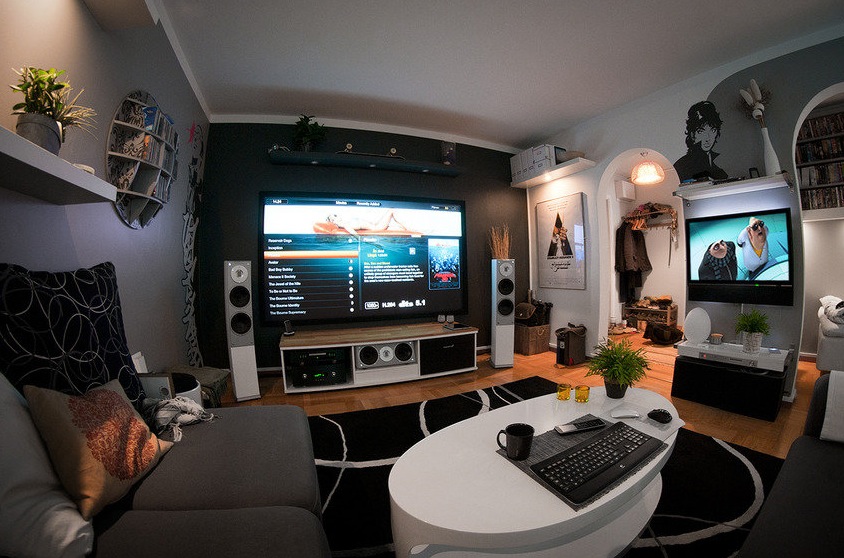
The Apple HomePod 2 is a new smart speaker from Apple that's now in stores and available to buy. The HomePod 2 is very similar to its predecessor, but has some unique features.
This speaker will be your hub for smart home setups. It can control light bulbs, security cameras, and other devices by third-party vendors. You can use the built-in temperature sensors and humidity sensors to adjust your blinds or turn fans on or off based upon these variables.
It can also listen out for carbon monoxide alarms and will notify you when it detects them. You'll have to update the speaker's software to take advantage of this feature, though.

However, there are still some issues with the smart speakers. Siri is still an inferior voice-assistant to Google Assistant or Amazon Alexa. Additionally, there's no native platform support if Siri is used to access other services. Siri will not always know what to do, which can make it frustrating and even cause the speaker's to play the wrong song.
The HomePod 2 makes a much better speaker than the original. The HomePod 2 has a 4-inch woofer, which moves 20mm to create a richer sound. Although the original model had seven, five tweeters now support it. This should still give a better and more consistent audio output.
Spatial Audio is another important feature in the HomePod. The HomePod can detect where it is and adjust its audio to fill the space. This creates an immersive sound experience. This can be particularly useful for playing Dolby Atmos tracks on a TV via Apple Music, or movies on an Apple TV 4K.
The Apple HomePod is the only speaker made by Apple that can play back Apple Music in high-quality lossless format. This is an important feature as many other speakers don't have this ability.

It has better microphones and can recognize 'Hey Siri" commands with greater accuracy than its predecessor. It's also more sensitive to low frequencies and is better at detecting people in a room.
These improvements were intended to address complaints that the original HomePod was bass-heavy. But it's not clear if they'll make any significant improvements to audio quality. Although the original HomePod was capable of filling a room in sound, it was not particularly impressive. It could also only do this for one room at a time.
If you're interested, the HomePod will be available at Apple Stores and online on February 3rd. The HomePod should arrive in the UK by the same day, or even earlier. It will be offered in black or white at $299, PlayStation299 and EUR349 (roughly PS249.99). You can order a white HomePod for $8 express shipping if you place your order before launch.
FAQ
Is a 5.1 system better than a soundbar?
Both yes and no. Yes, because it will create a more immersive home theatre experience for most users. No, because it doesn't mean you'll enjoy watching movies in bed.
A home cinema setup requires an entire room dedicated to the equipment. To make it possible, you'll need to invest a lot in space and money.
But there are plenty of ways to achieve the same effect without spending much time and effort.
A projector-based setup could be used to project images onto a wall rather than directly onto the screen.
This will mean that you don't have to buy a large TV. Instead, smaller screens (TVs), can be chosen.
You could also add speakers to corners of your room. With these speakers, you'll be able to play music and watch videos without disturbing anyone else.
A soundbar can do just about everything. However, if you really want to get lost in a movie, a home cinema setup is necessary.
How do you choose the right size speakers for your needs?
It would be best if you first considered how much space you have in your home. Do you need to fill every space with speakers or are you just looking for a way to make it sound better? Would you rather have a few speakers placed in key areas, or fill every corner with them?
Another important factor to consider is the type of music that will be played. If you prefer classical music, you may need smaller speakers. However, larger speakers may be needed if your preference is rock 'n’ rolling.
Also, think about whether all your speakers should have wires or wireless. Wired speakers transmit power and signals using wires. Wireless speakers don't require cables. They are however, not as powerful or as reliable as wired models.
Can I use a mobile speaker instead of a full-blown home theater system.
Portable speakers are ideal for outdoor events and parties. These speakers can also be used to entertain guests in your home.
However, they are not as high-quality as dedicated home theater systems. High-quality components are usually lacking in portable speakers.
You should ensure that your portable speakers are waterproof if you plan to use them outdoors. If they don't have waterproofing, water can damage them.
Which stereo system is best?
Stereo sound is fantastic for music and movies. But when it comes to home entertainment systems, surround sound is much more immersive and engaging. You might have noticed a significant improvement in the sound quality if you have been watching TV recently.
Surround sound allows you hear sounds from many directions simultaneously. This creates an environment that allows each channel to add depth and dimension to your overall experience.
Also, surround sound helps to create a sense or place. One example is that you might feel like your right next to the action. Place speakers around the room so that the audio is focused in any direction.
Surround sound not only creates a more authentic experience but also makes listening to music easier. You tend to move your head around when you watch movies or listen to music. To find the perfect spot, surround sound will make you lean forward or backward.
Surround sound provides a richer and more detailed experience. You should consider surround sound when upgrading your home theater system.
What is better, 5.1 or 7.1, surround sound?
Listening to music on stereo speakers is the best way of experiencing it. An audio system with as much detail as possible is essential if you want the best movie soundtrack experience.
5.1 Surround Sound systems are designed to provide a fuller range of sounds for each speaker, while 7.1 systems offer a wider array of channels to cover a larger area.
A premium 7.1 surround sound system is a great option if you want the best sound quality in your home theater. They are more expensive but provide better sound quality than 5.1 systems.
If you don't want to spend more money, you can still get the same sound quality from 5.1 systems. The main difference is that the additional speakers will not provide the same detail as the 5.1 systems.
Statistics
- Extra 20% off sitewide - Dyson promo code 2022 (wired.com)
- 10% off all sitewide purchases + (wired.com)
- According to Henriques, the sound system has also played an influential role in the global influence of Jamaican music internationally. (en.wikipedia.org)
- According to their research, Google's speech recognition software is 13 percent more accurate for men than women. (en.wikipedia.org)
- free shipping Samsung Promo Code Take 45% off with a Samsung promo code during Black Friday (wired.com)
External Links
How To
Which is the No 1 sound system?
The best way to describe how we feel when we listen to music is that our soul is taken out and placed inside a space without noise. We become one with the music.
There is more to great audio than just speakers and a subwoofer. It's also about how the audio is delivered. Without a powerful amplifier, a speaker with great bass will be useless.
Even cheap speakers can sound incredible with a great amp. But a bad amp can ruin expensive equipment. For your home theatre, we recommend that you invest in a high-quality preamp.
Many sound systems now come with a built in preamp. While these provide decent performance, they often lack the power to deliver deep bass. For those who plan on playing loud music while watching movies you will need better sound.
A dedicated preamp will not disappoint. These devices can handle large amounts of audio signals and provide them cleanly.
They have automatic volume controls that adjust according to the source material. This allows for the volume to be adjusted according to the source material.
Preamps also include equalizers that correct any problems with the signal. The equalizer will raise the frequencies that are too low to compensate.
This will allow your speakers to reproduce sound accurately. If your speakers don't deliver proper bass, you aren’t alone.
There are two main types: passive and active preamps. Active units require batteries that run continuously. Passive devices draw very little current, and so don't drain batteries.
Passive units, however, produce lower sound quality and higher output levels. Because they require separate amplifiers to work, they also tend to be more expensive.
Preamps will be wired to your speakers. You can, however, connect them via RCA cable if needed.
Your preamp is a key component of upgrading an existing system. It can make a huge difference between a good preamp and a great one.
For example, some preamps have their integrated CD player or tuner. Others offer features such as surround processing. Some models include digital inputs which can be used to connect to your iPod or other MP3-players.
Preamps should be sized and priced in mind when looking for one. It is best to not spend more than $100 for each channel.
This is a crucial point that we can not stress enough - it is essential to find the right preamp to meet your needs.